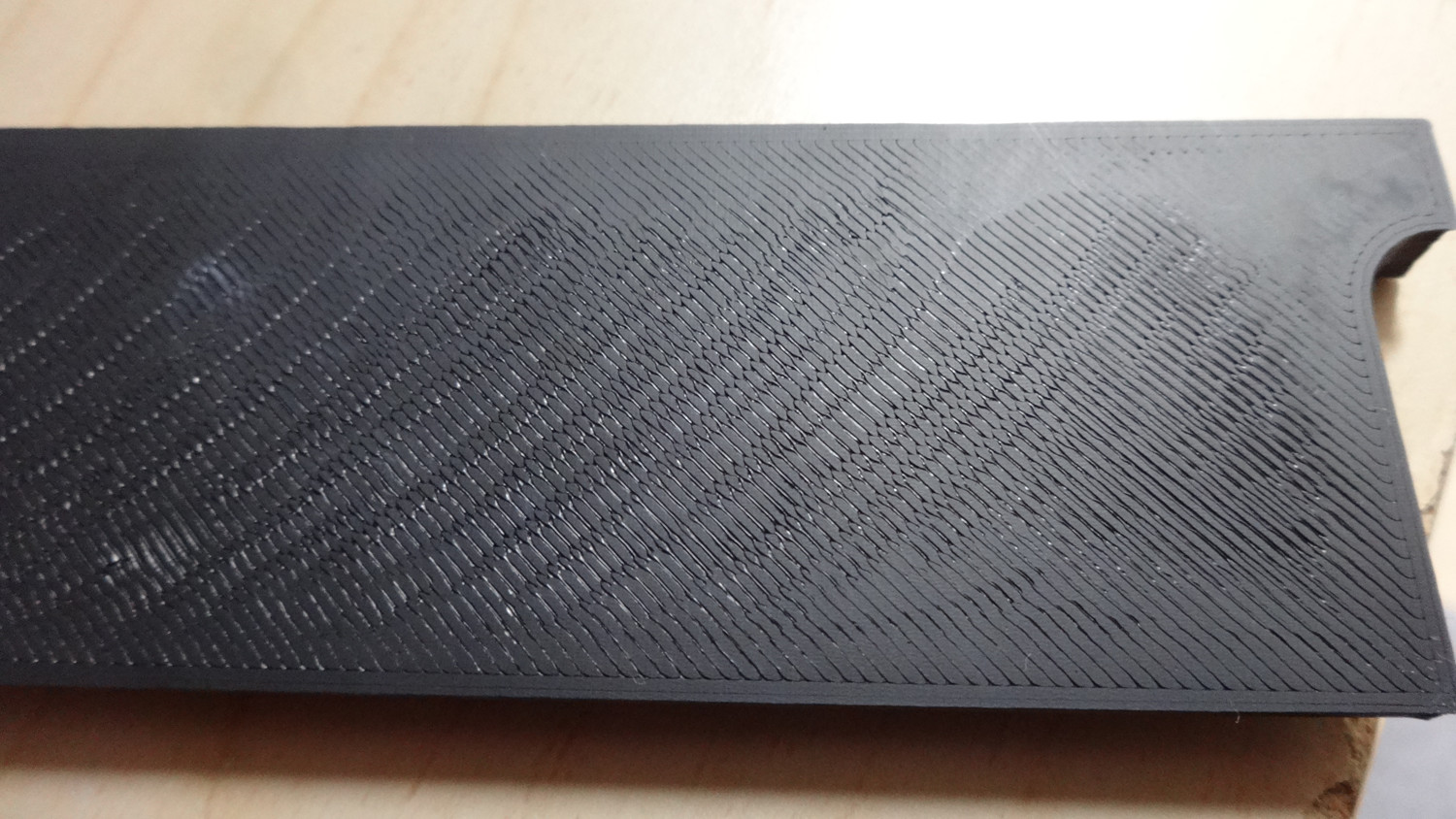Gaps in first layer 3d print – One of my prints shifted about 10mm only on the y axis about 7mm from the top. Unfortunately i uninstalled 3.6 with the profile and when i reinstalled it i had the same problem as in 4.1??? Web what causes ripples in the first layer of a 3d print? Use skirts, brims, and rafts to prime the nozzle and add more foundation to the first layer; In the example this would result in a fixed negative error about 0.08 mm. Check out this guide for easy fixes and how to avoid them! Also reduce the temperature, 230 °c is too hot for pla (unless your printer temperature is way off, but that is not very likely), try 200 °c. Z live adjust is good.
Web the first layer plays a huge role in a print's success. Speed of the first layer is 20 mm/s. I've tried tightening/loosening the idler, increasing the extrusion multiplier, have adjusted the bed temperature up to 65 degrees (c) and have. The problem with this is it will extrude dry instead of molten. Use the optimal temperature settings; Flow rate (extrusion multiplier) value too high. Web posted september 17, 2015 · gaps in first layer. Web better first layer and bed level fixes on 3d printers.
Web gaps in top layer of prints.
pla First layer prints too thin causing gaps everywhere 3D Printing
Web each layer of your 3d printed part is created using a combination of outline perimeters and infill. One of my prints shifted about 10mm only on the y axis about 7mm from the top. Check out this guide for easy fixes and how to avoid them! Flow rate (extrusion multiplier) value too high. The problem with this is it will extrude dry instead of molten. Web what causes ripples in the first layer of a 3d print? I have tryed to print on the ultimaker and the first layer or the layer creating the brim has came out with spaces between each other sorry cant fidn words how to describe the problem should be a picture attached can anyone help please ? Read on for some tips and tricks and say goodbye to 3d printing first layer problems!
Too hot and the filament won’t set.
Odd first layer fill… 3D Printers Talk Manufacturing Hubs
Web likely causes for gaps and holes in your 3d prints are as follows: 4.1 is configured as it came out of the box. Web implement good first layer settings such as speed and layer height; Web the most common solution to fixing gaps in 3d printing first layer is flawless leveling of the print bed. Z live adjust is good. Web the first settings that you need to verify are the dedicated thin wall settings that simplify3d includes. Flow rate (extrusion multiplier) value too high. In 3.6 i didn't have that problem.
The bottom surface and the sides always come out perfect but my top layer is left with gaps in it.
Use an adhesive substance on your print bed; The bottom surface and the sides always come out perfect but my top layer is left with gaps in it. Web try decreasing the gap by leveling the bed at temperature and have a piece of a4 or letter print paper between the nozzle and bed have a little friction when pulled. Web gaps in top layer of prints. It is important that the nozzle is filled with material as soon as it starts with the first layer of your 3d model. Flow rate (extrusion multiplier) value too high. Web this has been an ongoing issue and am in need of help.
The temperature you print at will affect both layer adhesion (part strength) and also first layer adhesion to the build surface. One of my prints shifted about 10mm only on the y axis about 7mm from the top. Use skirts, brims, and rafts to prime the nozzle and add more foundation to the first layer; Unfortunately i uninstalled 3.6 with the profile and when i reinstalled it i had the same problem as in 4.1??? Replacing a warped bed also works because it is usually a primary cause of gaps. Web first layer inconsistencies where parts of the print are missing;

Printer Review is a website that provides comprehensive and insightful information about various types of printers available in the market. With a team of experienced writers and experts in the field, Printer Review aims to assist consumers in making informed decisions when purchasing printers for personal or professional use.

